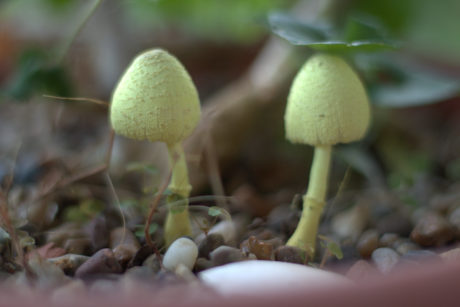
By Lindsey Fenner
As a new master naturalist, I have started to study Minnesota’s major biomes or biological communities, especially the native grasslands that I love. But as I’ve studied, I’ve wondered when I would start reading about places like Phillips. I realized that the way Minnesota is divided up into the three major biomes: prairies, hardwood forests, and conifer forests, ignores one major distinct landscape: cities. Most people in Minnesota live in cities, in urban or suburban areas. This sprawling human development, after all, is why we are facing the painful loss of so many species.
But people are a natural part of landscapes and ecosystems. And we have been living in cities for more than five thousand years. We have shaped our ecosystems, and have been shaped by them in return, whether we have lived close together in cities and villages or spread out in the prairies and forests. Right here in Phillips, we have our own ecology in an ecosystem that has its own fierce beauty.
We are surrounded daily with trauma and violence. It can be hard through those eyes to see the beauty in the volunteer trees in our fence lines, the weeds in our alleys, our soil laced with heavy metals and our air laden with pollution. But those scraggly trees are likely box elders, native trees that provide shade and shelter and cooling. Many of the weeds are actually wildflowers, like the fall abundance of glowing goldenrod that is an essential late season food source for insects threatened with extinction. The polluted soil still has the potential to help store greenhouse gasses, and all of this filters the air. The creatures we share this place with have made their own homes among ours, adapting to city life just like we have for thousands of years. We live in an urban ecology that is resilient and exquisite, a natural community that we can nurture through reciprocal relationships with the Earth, and all who live here with us.
Here in this alley-space, I hope to begin a regular column to offer different ways to notice these natural communities and relationships, to share different ideas for us to take care of the Earth and let the Earth take care of us. So look for future columns on nurturing wildflowers for pollinators and paying attention to the birds in your backyard, on how to take care of our watershed and the importance of measuring the rain, on the capacity of our soil to store greenhouse gasses and create new life.
I sit here writing in East Phillips where I live, on Dakota land, in the company of so many neighbors who have loved this place and fought for it and for each other. My words are part of a longer conversation, and the words from those conversations will join me in this space. I will not pretend these conversations will always be easy. There is much harm that maybe cannot be undone, and much uncertainty in if and how we will all survive a world that is becoming more harsh.
For now, here is a question from writer Barry Lopez, in one of the last essays he wrote before his death in 2020: “Is it still possible to face the gathering darkness and say to the physical Earth, and to all its creatures, including ourselves, fiercely, and without embarrassment, I love you, and to embrace fearlessly the burning world?”
How could the answer be anything but “yes”?









